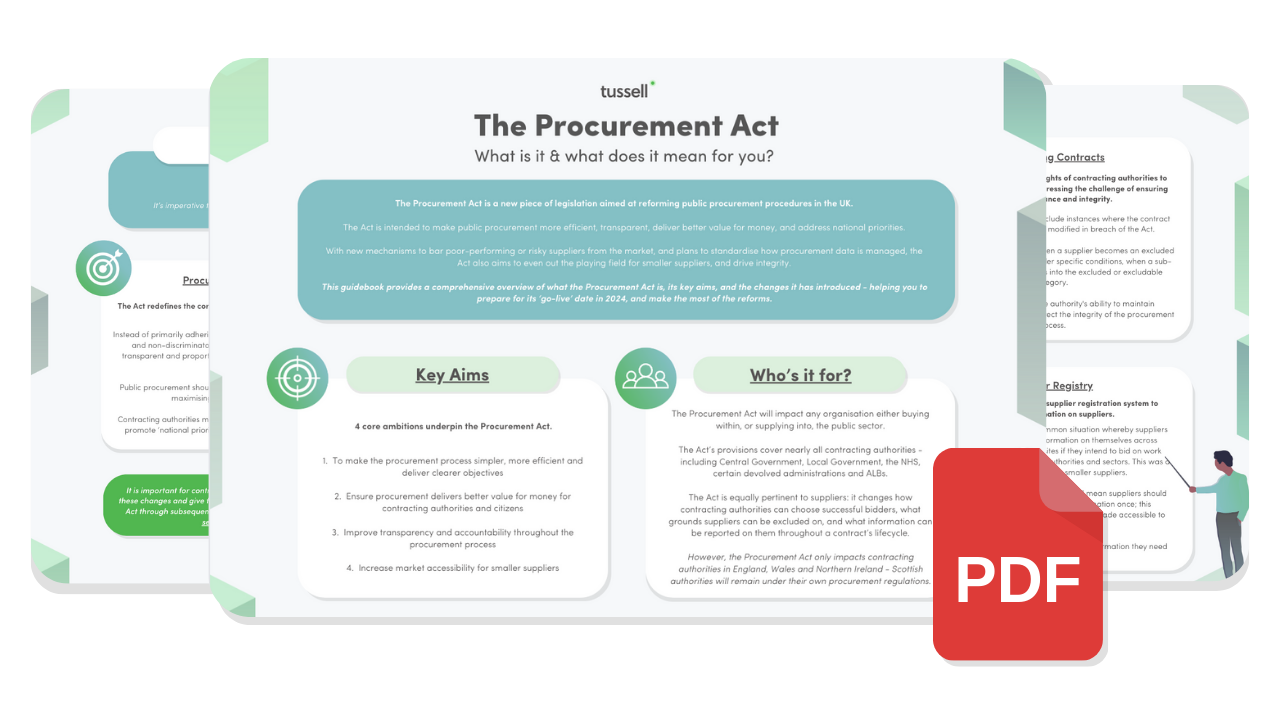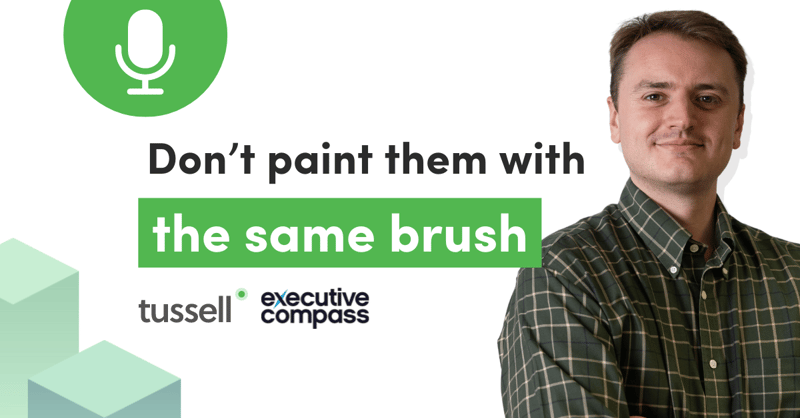If you're looking to sell new technology solutions to the public sector, you'll likely encounter a particular reaction from prospective buyers: change fear and inertia about transitioning from their legacy systems to your solution.
In this instalment of our monthly expert chats on selling to the public sector, we sat down with Kam Patel - Senior Director of the Public Sector at enterprise cloud software providers ServiceNow - to discuss this phenomenon, and how you as a supplier can overcome it.
We've condensed the key insights from our chat below, or you can access the full interview on our YouTube channel.
Skip ahead to read about:
- Why do public buyers fear transitioning away from their legacy tech solutions?
- How does the transition process differ in the public sector vs. the private sector?
- Kam's tips for overcoming buyer inertia
- What is ServiceNow's 'Hyper-Automation'?
- What's your message for public authorities to help quell their fears of change?
🤔 Why do public buyers fear transitioning away from their legacy tech solutions?
Kam argues that whenever there's a proposal to shift away from an existing IT or software solution - both in the public and private sectors - a certain level of "change fear" is inevitable. Change can be an inherently scary process.
In the public sector specifically, certain factors compound this fear.
The rate of technological development of adoption in recent years means expectations - both from 'customers' (in this case, citizens) and the buyers themselves - have grown as to how quickly new tech solutions are introduced. Transition periods have contracted from years, to months, and now just weeks or even days.
This puts enormous pressure on public bodies, not only in a technical capacity - in knowing with confidence that any swift introduction of new systems will not impair other existing systems - but also from a personnel capacity, ensuring that necessary changes are made for employees and processes to effectively integrate new systems.
This necessity for new solutions to be implemented and work immediately is only further compounded by the knowledge that the whole process if funded by taxpayer's money. If a new system fails to deliver what was expected, the citizen is the ultimate bearer of that cost.
The rise of "consumerisation" in the public sector
This time pressure is, in part, due to the growing "consumerisation" of the public sector, argues Kam.
As citizens' expectations as to how quickly they can personally adopt and use a new technological solution - be it simply downloading an app on your phone - so too do expectations grow of how quickly the public sector can do the same. Citizens are increasingly expecting their authorities to be able to deliver streamlined, simple and effective solutions to once quite manual processes, like booking a GP appointment or paying your road tax.
Concurrently, there's a growing expectation within public sector organisations that new technological solutions can be readily utilised by their employees, without a burdensome ramp-up period.
What can suppliers do to alleviate these pressures?
With these financial and technical pressures in mind, Kam advises that you should clearly communicate what your tech solution can and cannot deliver.
"If you're clear from the outset as to what the solution will provide, how it will provide it, and how it will be delivered, everyone in the process becomes more aware and you minimise the risk of the project not delivering on what it intended to do".
⚖️ How does the transition process differ in the public sector vs. the private sector?
Kam observes that when engaging with public sector buyers, there's always an appreciation of the broader implications of what they're doing, and, in turn, the importance of getting the transition process correct.
In the private sector, change and transitions are almost always done on a commercial basis: changes are implemented to increase a company's revenue, reduce costs etc.
In the public sector, by contrast, changes are implemented on a governmental basis: to address societal problems and deliver better services for citizens.
How your technology solutions 'solve' public sector problems
These "problems" are, usually, never fully solvable, and require extensive consideration and work to effectively address.
When proposing a tech solution to the public sector, therefore, you shouldn't enter the process thinking you'll be able to fully solve a given problem. After all, new and unforeseen problems are always a potential in public life.
What your tech solution can instead offer, argues Kam, is the "rapid realisation of what the solution could look like, and how we can make a situation better".
Nor is addressing a public sector problem always just about you: it's important to consider how you can deliver solutions in tandem with other providers and vendors, to ultimately produce a better solution for everyone.
If you want to understand more about the inherent complexities of the public sector's problems - and your role as a supplier in addressing them - listen to our chat with Create/Change co-founder Darius Pocha.
🎯 Kam's tips for overcoming buyer inertia
Here are Kam's tips - for both suppliers and buyers - on how to overcome fear in public sector technology sales.
For suppliers:
On the supplier side, Kam argues that an ability to deliver at pace is critical. If you can clearly demonstrate that your solutions can be more-or-less integrated seamlessly into incumbent systems in a short time frame - which, with recent technological advances, is very much possible - you'll be one step ahead.
Similarly, you need to show your agility and reflectivity. These are not just "tech buzzwords", argues Kam, but instead encompass your ability to be forward-thinking and anticipate how your deliverables might change. 12 months after your solution's implementation, how might it need to be changed? What external factors need to be considered?
Similarly, Kam highly recommends that you design and offer scalable solutions. Though offering bespoke solutions to individual organisational problems can be an effective short-term fix, in the long-term this can hamper the ability for you to easily change or improve the software without incurring a larger cost.
Kam recommends your solutions to be "as off the shelf as possible". Not offering bespoke, tailored solutions is not a downside: as Kam notes, most off-the-shelf solutions will still deliver 90% of what an organisation needs, despite each having individually unique problems.
For buyers:
For public buyers, Kam urges that you be as transparent as possible with suppliers: be clear as to what you want the solution to deliver.
Public authorities have a tendency to be guarded over what they want out of solutions. Without all the necessary information on the table, the ability for suppliers and vendors to be creative as possible when designing solutions is severely hampered. They, simply, "can't provide the thought leadership" to provide truly effective solutions.
Equally, be clear on time-scales: be explicit as to how quickly you need a solution implemented; only then can suppliers and vendors offer and design a realistic solution.
🤖 What is ServiceNow's 'hyper-automation'?
Kam gave us some insight into one approach ServiceNow implements to address the issues raised above: hyper-automation.
Through advanced use of Artificial Intelligence, ServiceNow has been able to offer automated solutions to once incredibly manual - and time-consuming - governmental processes. This has included the HR & onboarding process - by automating back-off paperwork, the ordering of starter equipment, and ensuring new starters are provided all the training material they need - to providing a more holistic internal view of an organisation, ensuring the right people receive the right information at the right time.
Kam argues that automation is a critical component of successful tech solutions. By reducing the number of "touchpoints" with a human in a given system, the system ultimately becomes more efficient and less prone to error. Automation also increases the ability of data to be easily shared across organisations, rather than being "siloed" and not shared with the correct people.
💡 What's your message for public authorities to help quell their fears of change?
Kam has a simple message of reassurance: "change is good!"
Public authorities should "embrace the intent from vendors and partners, but be transparent". With more transparency comes better solutions.
When these solutions are implemented, don't think that's the end: solutions can be continually fine-tuned and amended if you consistently re-evaluate whether they're fit-for-purpose.
*
Apprehension, fear and inertia are all common feelings you might be faced when trying to sell your tech solutions to the public sector. Transitioning away from software and systems that an authority has used for years will inevitably incur this scepticism.
By following Kam's advice - be transparent, be flexible and be scalable - you'll be in the best position to start addressing these fears, and convince public buyers of your solution's efficacy.
-
You can listen to the full interview with Kam on our YouTube channel. You can also read our interview with ServiceNow, understanding how they were able to reach the Tussell Tech200 list of the fastest-growing technology companies in the public sector.
-
You can read and listen to the other instalments of our Public Sector Sales Podcast series here.
-
To find out how ServiceNow can support and enable digital transformation in your organisation, please call freephone UK: 0800 640 8049, or visit www.servicenow.co.uk/gov



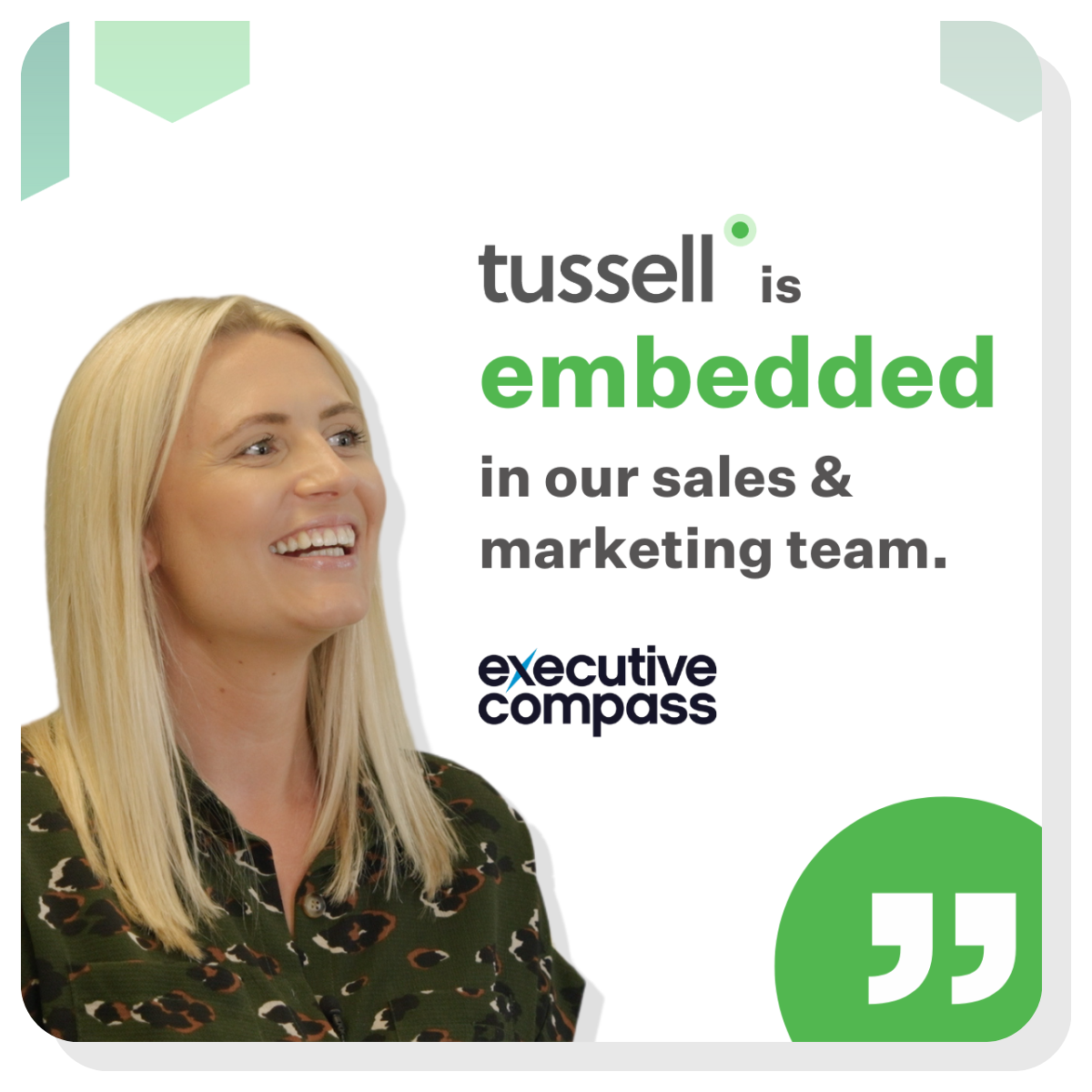
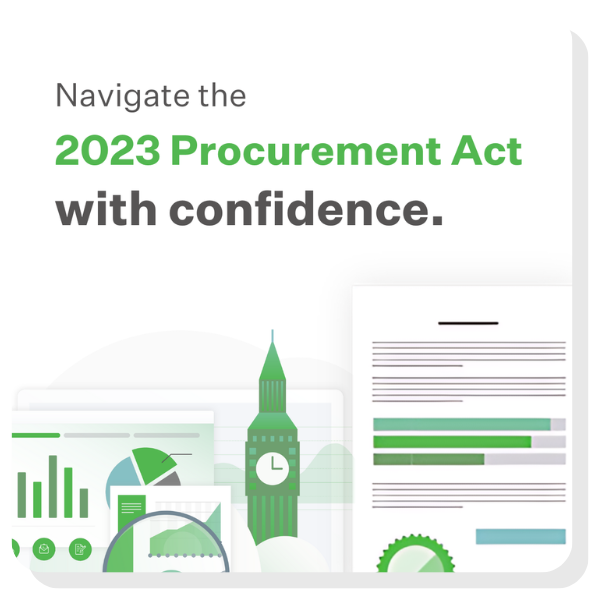
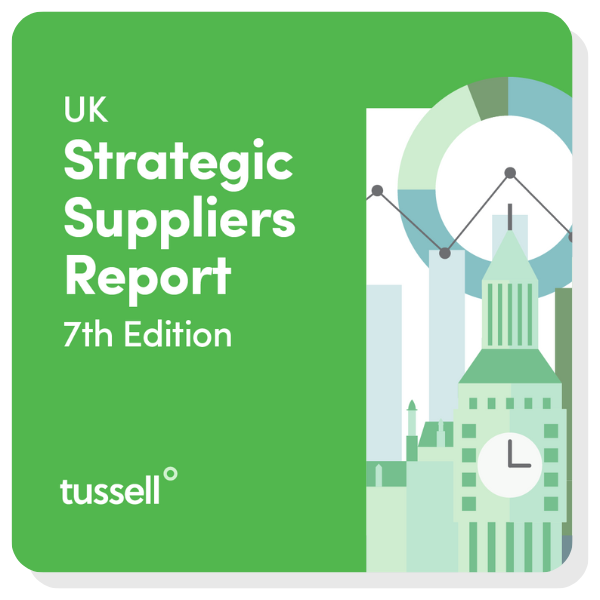
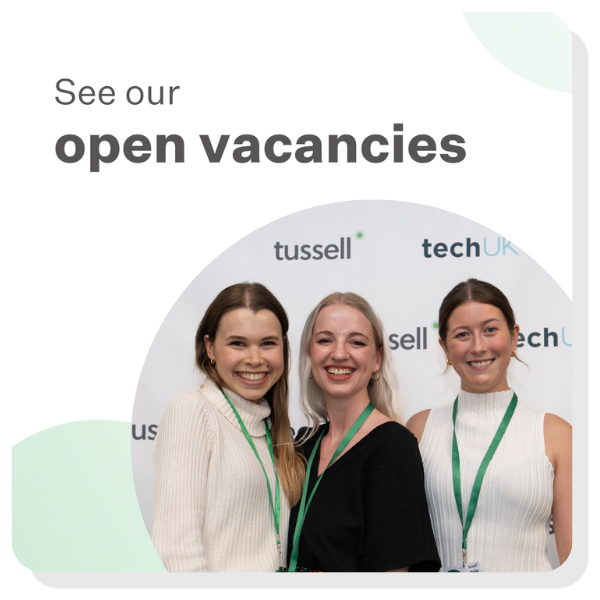
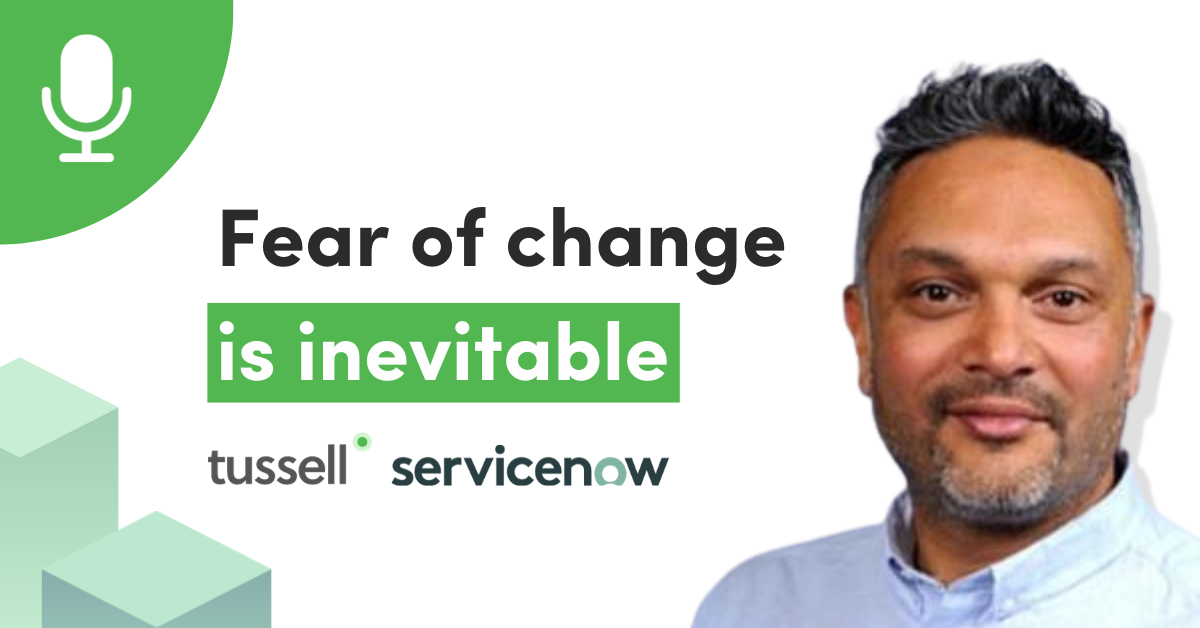
.png?width=80&height=80&name=james%20v2%20(1).png)

